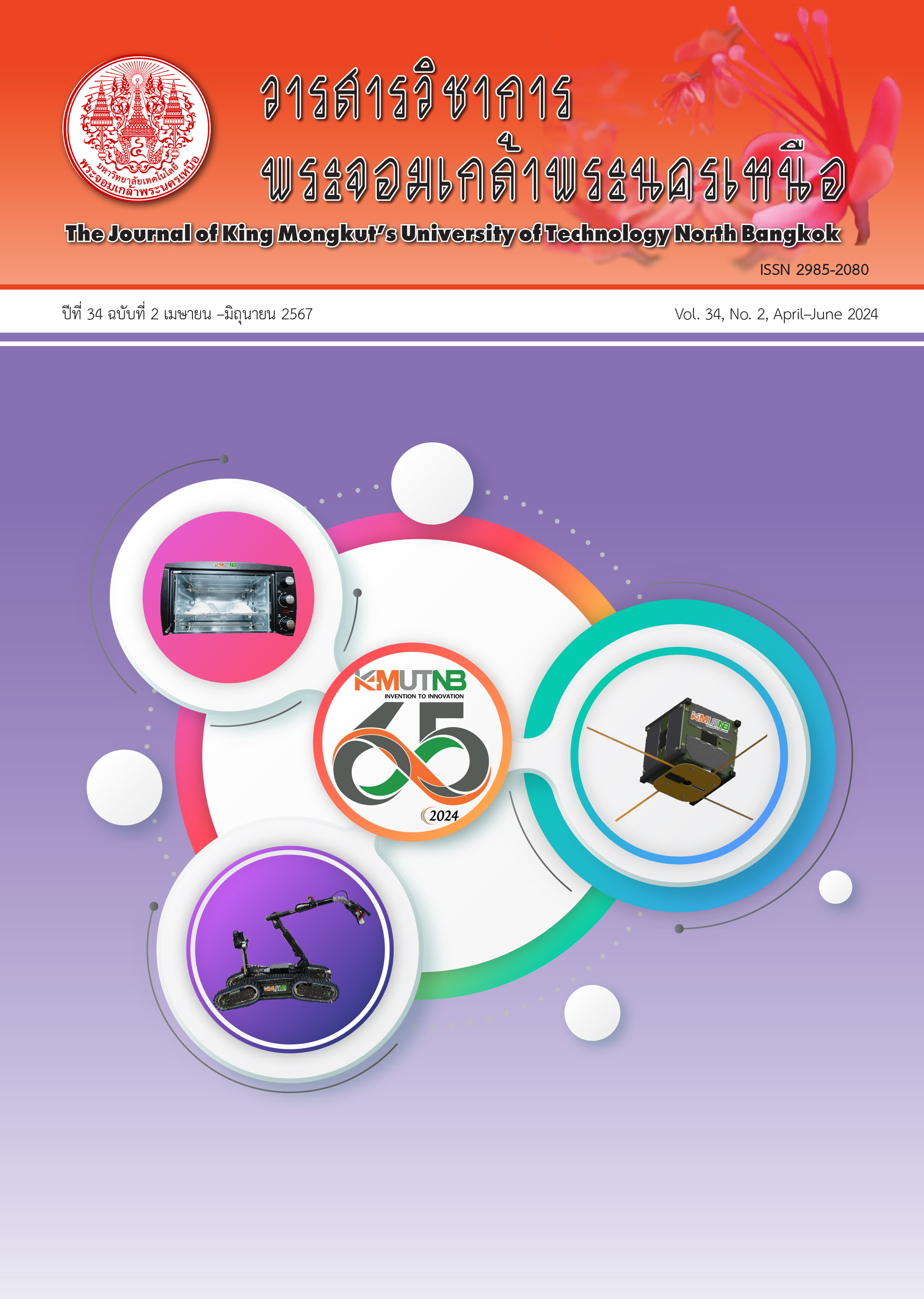QR code Application for the Easy Usage of Ventilators: A Case Study at Surgical Intensive Care Unit, Vajira Hospital
Main Article Content
Abstract
Ventilators are one of the most advanced medical technologies that have been widely used especially in intensive care unit. Mechanical ventilators are produced by various manufacturers and include models which are sophisticated and require training. Thus, using communication technology can reduce this problem. This project employed a research and development study design in order to develop QR codes and a website that support nurses in using ventilators in surgical intensive care unit. The website was created through the Dreamweaver program which composed of information for preparing and maintaining a ventilator. Four types of widely used ventilators consisted of HAMILTON-G5, GE, Bennett 840, and Galileo. The effectiveness of QR code was assessed by 22 nurses. The results showed that after the QR code application, a total of 22 nurses who used the QR code were absolutely agree. The overall mean score was 2.70 (S.D. = 0.32). The mean score of the four major Items: fast processing, accurate, precise, and easy to learn were 2.77 (S.D. = 0.20), 2.82 (S.D. = 0.11), 2.64 (S.D. = 0.31) and 2.85 (S.D. = 0.39) respectively. Accordingly, the QR codes were practical and useful. Furthermore, the QR code technology should be developed to cover all model of ventilators and other medical devices used in hospitals.
Article Details

This work is licensed under a Creative Commons Attribution-NonCommercial-NoDerivatives 4.0 International License.
The articles published are the opinion of the author only. The author is responsible for any legal consequences. That may arise from that article.
References
C. Nopesiri. (2020, December 19). QR code and short URL for management (1st ed.). [Online]. Available: https://shorturl.asia/GWkyf
Anon. (2020, September 20). Ventilators, So Very High-tech and yet completely rendered ineffective by infections (1st ed.). [Online]. Available: https://www.medicalbuyer.co.in/
W. Owens, The Ventilator Book, 1st ed. USA: N.P, 2019.
P. Blackett. (2020, September 20). Reduce risk, Save money, and Live happily ever after (1st ed.). [Online]. Available: https://www.slide share.net/ArgentSky/reduce-risk-save-moneyand- live-hasppily-ever-after
L. Chu, C. Lee, and C. Wu, “Applying QR code technology to facilitate hospital medical equipment repair management,” in 2012 International Conference on Control Engineering and Communication Technology, 2012, pp. 856–859.
L. Li, Z. Hu, Z. Yi, G. Ma, C. Xiao, and L. Wan, “Exploration of standardized clinical skills instruction video based on QR code management in clinical hospital teaching,” American Journal of Translational Research, vol. 13, no. 2, pp. 14067–14073, 2021.
C.-H. Lin, F.-Y. Tsai, W.-L. Tsai, H.-W. Wen, and M.-L. Hu, “The feasibility of QR-code prescription in Taiwan,” Journal of Clinical Pharmacy and Therapeutics, vol. 37, no. 6, pp. 643–646, 2012.
P. Wikein, (2020, January 10). Dreamweaver Programs (1st ed.). [Online]. Available: https:// krupiyadanai.wordpress.com/
S. Chanchai, “ADDIE Model,” in Instructional design and development. 1st ed. NakhonPathom: Phetkasem Printing Group, 2014, pp. 11.
L. Kridsanapong, (2020, January 10). Storyboard writing. [Online] (in Thai). Available: https://touchpoint.in.th/storyboard-videoproduction/
Office of the Basic Education Commission, (2020, January 10). Quality inspection tool (1st ed.). [Online] (in Thai). Available: https://bet.obec.go.th /index/wp-content/ uploads/2017/09/PPT6.pptx
P&T Hosting, (2020, January 10). What is Web hosting (1st ed.). [Online] (in Thai). Available: https://www.pathosting.co.th/hosting/whatis
J. Cho, G.-W. Seo, J. S. Lee, H. K. Cho, E. M. Kang, J. Kim, D.-Il Chun, Y. Yi, and S. H Won, “The usefulness of the QR code in orthotic applications after orthopedic surgery,” Healthcare, vol. 9, no. 3, pp. 298, 2021.

